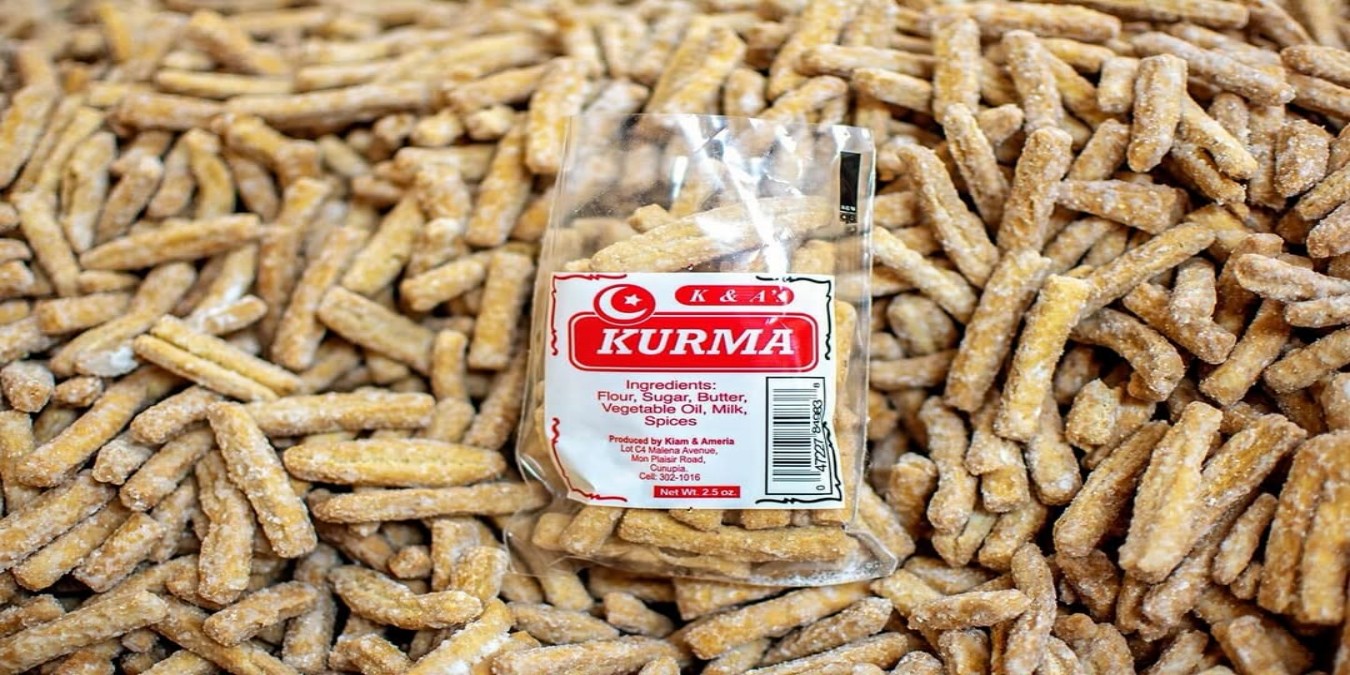Kurma is more than just a sweet snack; it’s a crunchy piece of Trinidad and Tobago’s culinary heritage. This ginger-spiced fried treat traces its roots to the East Indian indentured labourers who arrived in the 19th century, bringing with them recipes from Bihar, Uttar Pradesh, and Maharashtra. Inspired by Indian festival sweets like shankarpali, khurma, and laktho, the early kurma of Trinidad was a cherished Diwali speciality, shared among families and communities during the Festival of Lights.
Over time, kurma found its way beyond festive tables, becoming a year-round treat enjoyed by locals of all backgrounds. In Tobago, it’s a familiar sight at roadside stalls, local shops, and community celebrations, its crisp exterior and sugary glaze delighting generations. Some variations are extra crunchy, while others hide a softer, melt-in-your-mouth center, making each bite uniquely satisfying.
Today, kurma stands as a testament to the enduring legacy of East Indian culinary influence in Trinidad and Tobago, bridging generations and blending cultural tradition with island creativity. It’s more than a snack, it’s a sweet taste of our shared heritage.
- Photo captured by @mytrinibox


Comments